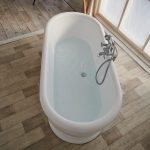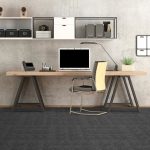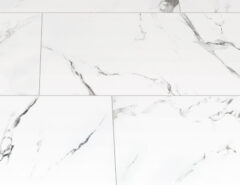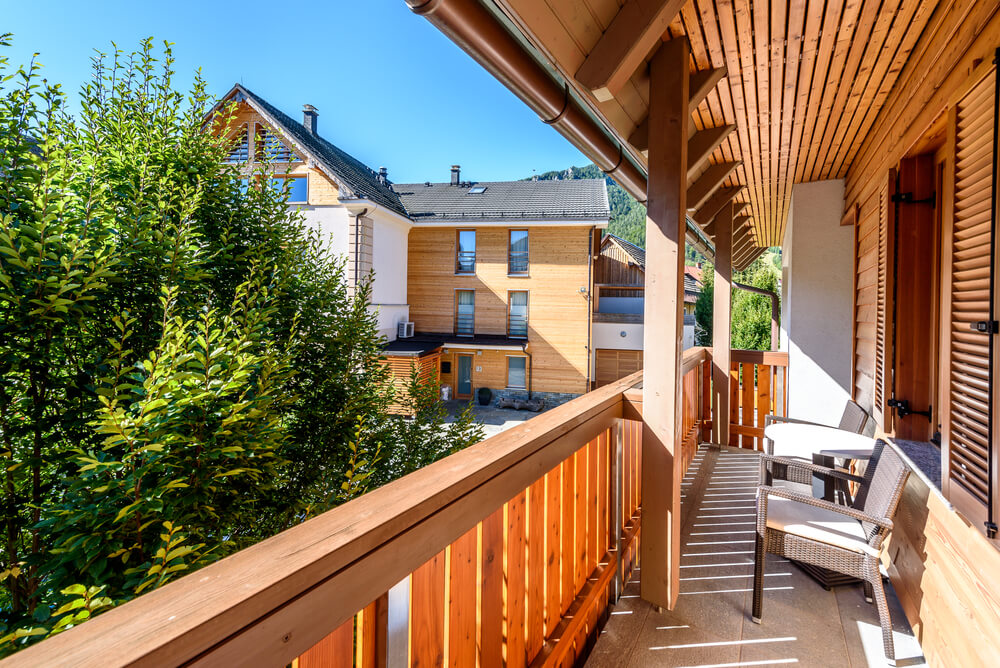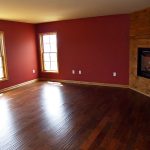Laminate remains one of the fastest growing segments of the flooring market. The trend recently has been away from cheaper laminates (6mm-8mm) towards more upscale laminates such as 10mm, 12mm and 14mm
Laminate flooring boom has been driven by several factors:
- low cost
- ease of installation
- outstanding performance.
Most homeowners install it themselves, cost of the product is the fraction of hardwood flooring. Laminate flooring will last many years without needing waxes or refinishing of of any kind.
Laminate flooring is extremely durable. Wear Layer made with aluminum oxide will last many years. Aluminum oxide is second to only diamonds in hardness. The measure for how long the floor will last before being worn down by the abrasion is called Abrasion Coefficient or AC rating.
If you are considering buying laminate flooring you should know the basics, and the core density is the most important component of laminate flooring. Highest density material possible, the better. Higher density makes locking mechanism stronger and it makes it more difficult for water to penetrate the flooring. Softer board will sustain more water damage then harder boards. Denser board is more dent/scratch resistant and will sound more like hardwood.
Ask your supplier what the coreboard density is. It is measured in kg/m3. Lower board density is in the range of 700 (+/- 3%) kg/m3 and the higher board density is 850-900 (+/- 3%) kg/m3. Try to find out what species are used to produce the coreboard of the laminate you are considering. Most of the manufacturers are using softwoods e.g. pine but you might be able to find a product that is made from hardwood species.
The manufacturers that are willing to share this information have nothing to hide. And these are the ones you’ll want to buy from.


